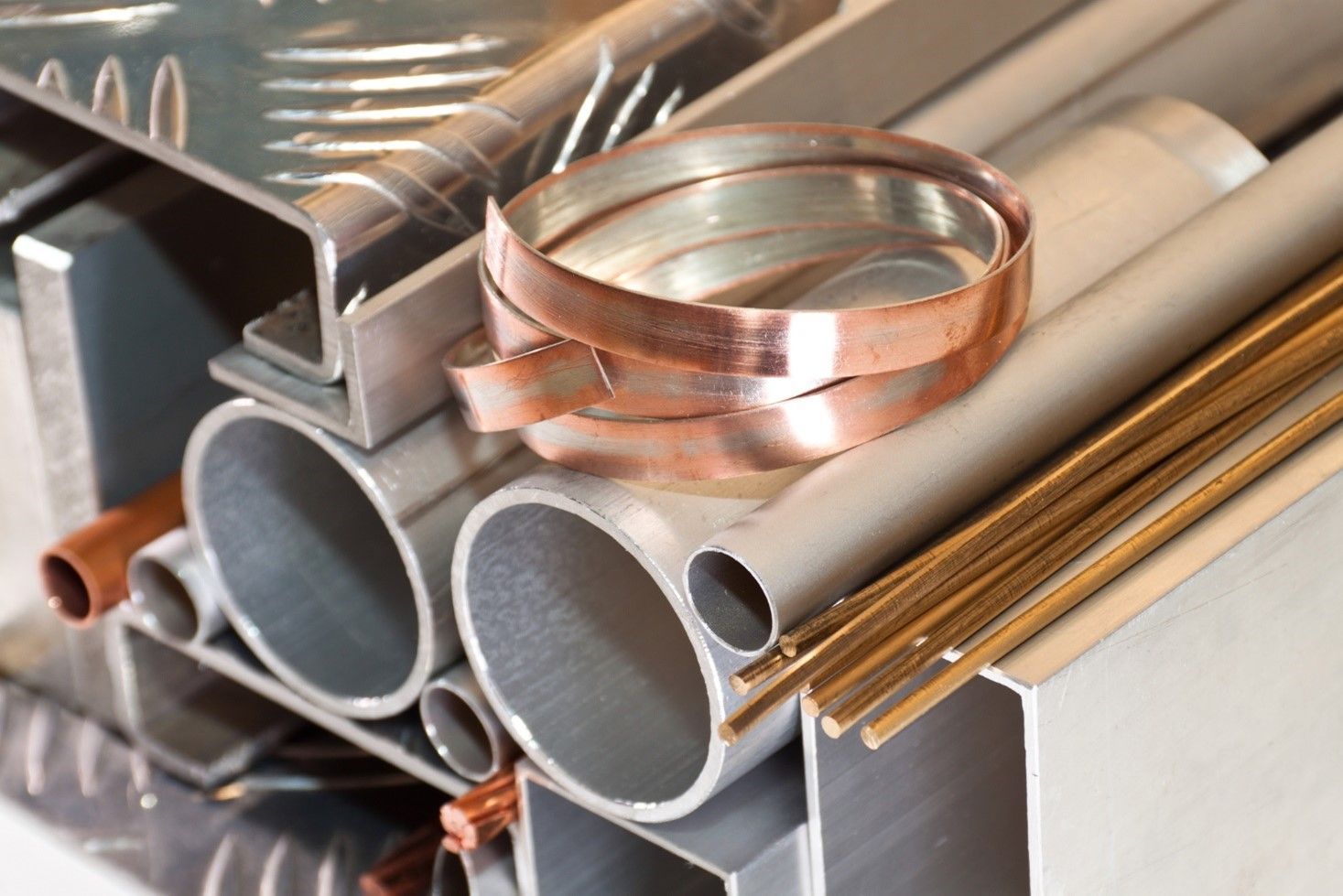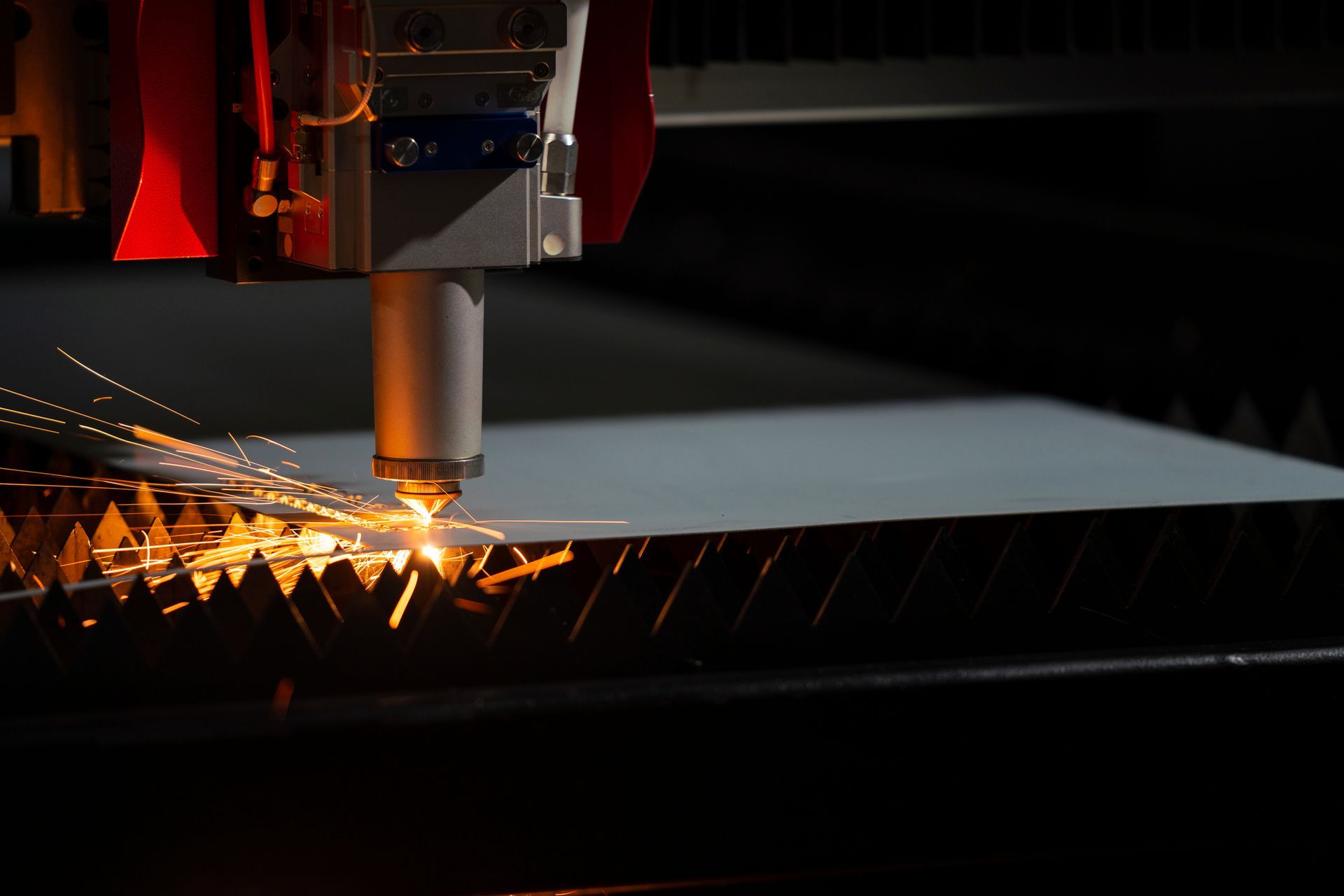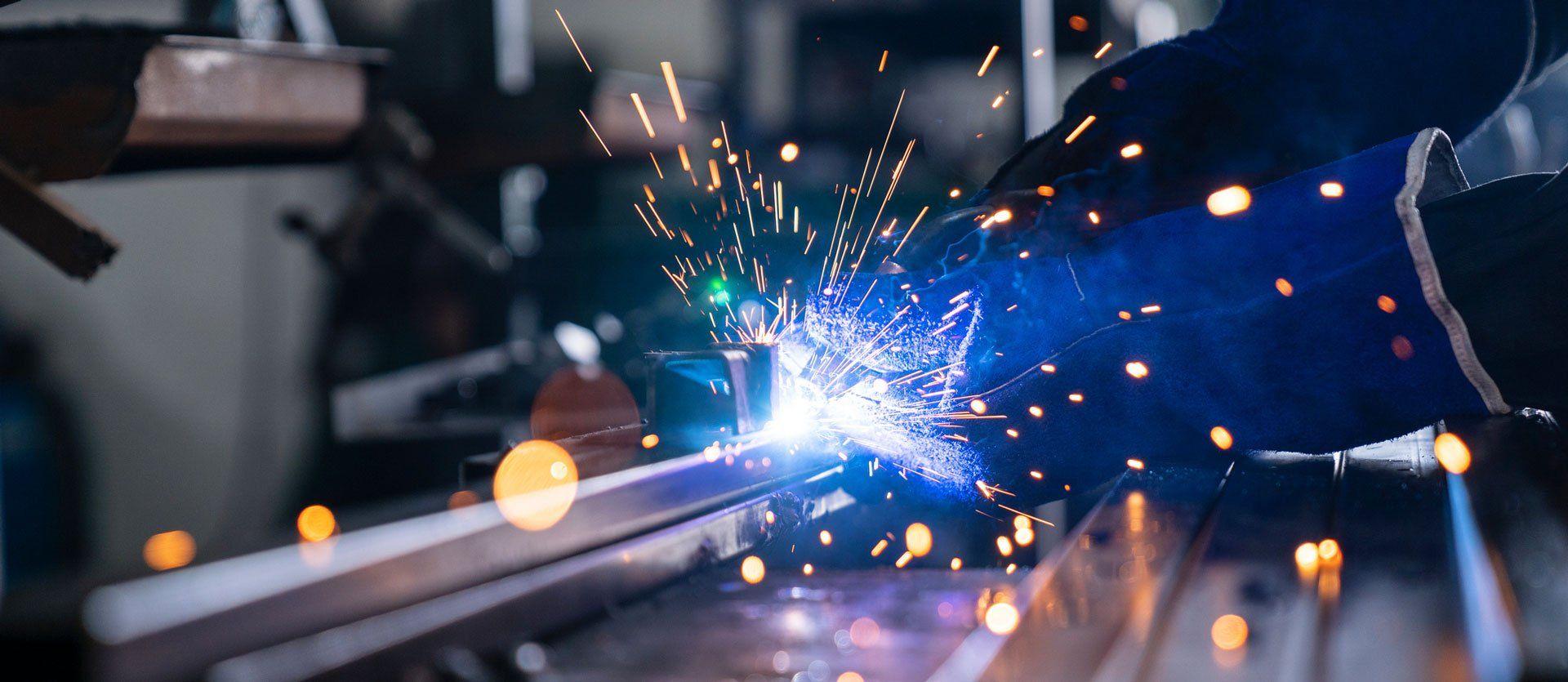Understanding Aluminum Sheet Metal Fabrication
Many industries utilize sheet metal fabrication, including medicine, military, aviation, marine, energy, and architecture. As industry players try to maximize value for money, aluminum is rapidly becoming a popular choice of material for fabrication jobs.
Read on to learn more about aluminum sheet metal fabrication and the reasons why aluminum could be a great choice for your next project.
Basics of Sheet Metal Fabrication
Sheet metal is a workpiece whose thickness is measured in gauges. The process of sheet metal fabrication entails shaping aluminum sheets into metal products of different shapes and sizes.
Fabricators use specialized tools such as press brakes to cut, drill holes, bend, and join sheet metal to create all sorts of two-dimensional structures for a variety of commercial, industrial, and residential applications. Other than aluminum, fabricators can work with common metals including steel, tin, zinc, titanium, bronze, and brass.
Sheet metal fabrication specifically entails forming processes and cutting processes. Welding is also an essential step in the fabrication of sheet metal.
Forming
Forming involves the application of force to bend or stretch sheet metal into a certain shape. Examples of sheet metal forming techniques include spinning, deep drawing, stretch forming, bending, and roll forming.
Cutting
Sheet metal cutting processes entail separating sheet metal pieces to create a metal product of the desired shape. Fabricators use shearing or nonshearing methods to cut sheet metal.
Shearing methods include blanking and punching, while nonshearing methods use water jet, plasma, or laser methods to cut sheet metal.
Welding
After cutting or forming the sheet metal, fabricators use a variety of welding methods to join the different pieces of metal into an assembled product. Finally, the fabricator uses a technique such as abrasive blasting or painting to finish the assembled product.
Advantages of Aluminum Sheet Metal Fabrication
Aluminum offers several benefits for contractors undertaking fabrication projects in any industry.
Corrosion Resistant
In addition to being sturdy and versatile enough to cut and bend, compared to steel, fabricated aluminum has a higher resistance to rust. Without a good finish, which may not come cheap, fabricated steel can easily succumb to corrosion, which can shorten the life of steel products.
Wear-and-Tear Resistant
Contractors looking to minimize overhead project costs usually have the choice of plastic or aluminum.
While both materials are low-cost options for fabrication projects, plastic is more prone to wear and tear and increasingly vulnerable in high-temperature environments.
On the other hand, aluminum has a higher resistance to heat and can take more damage before falling apart.
Lightweight
Weighty metals such as steel can increase the lead time in fabrication processes. On the other hand, aluminum, hailed for its light weight, provides incredible versatility, which can simplify and fast-track the fabrication process.
Challenges of Aluminum Sheet Metal Fabrication
Despite its numerous advantages, fabrication of aluminum has several challenges.
Damage Susceptibility
Although aluminum is versatile, this metal is much softer than steel and is, therefore, more prone to damage during the fabrication process. A skilled metal fabrication shop can, however, minimize the risk of such damage.
Thermal Conductivity
Due to its high thermal conductivity, aluminum easily repels heat during welding, which can result in weak welds. Cutting aluminum using a laser may also be challenging due to the metal's thermal conductivity.
The benefits of aluminum sheet metal fabrication are far greater than the challenges. A skilled metal fabrication service can work with aluminum sheet metal to deliver high-quality finished products.
Whether you have a big or small metal fabrication project, you can trust the fabrication experts at Schorr Metals Inc. to get the job done. If you have questions about aluminum sheet metal fabrication, call us today to learn more about the process.







